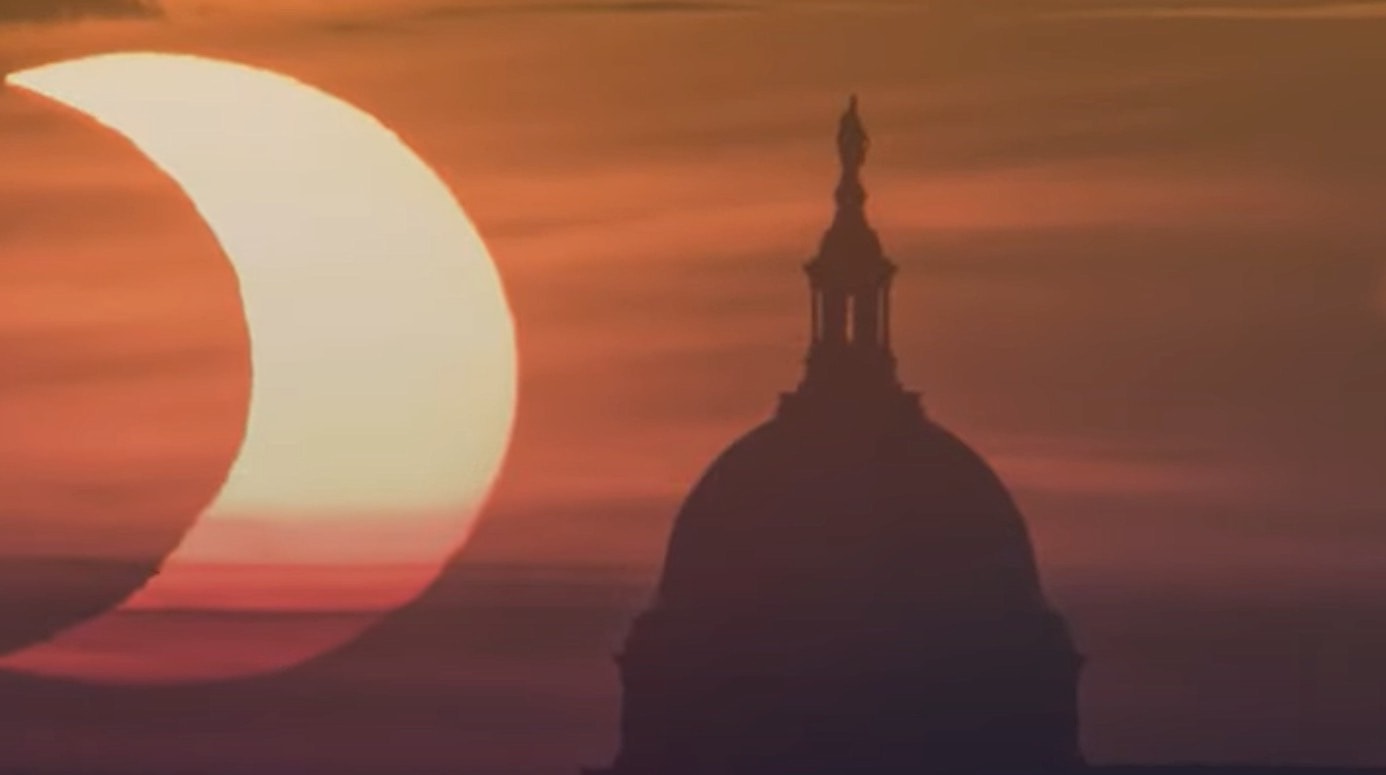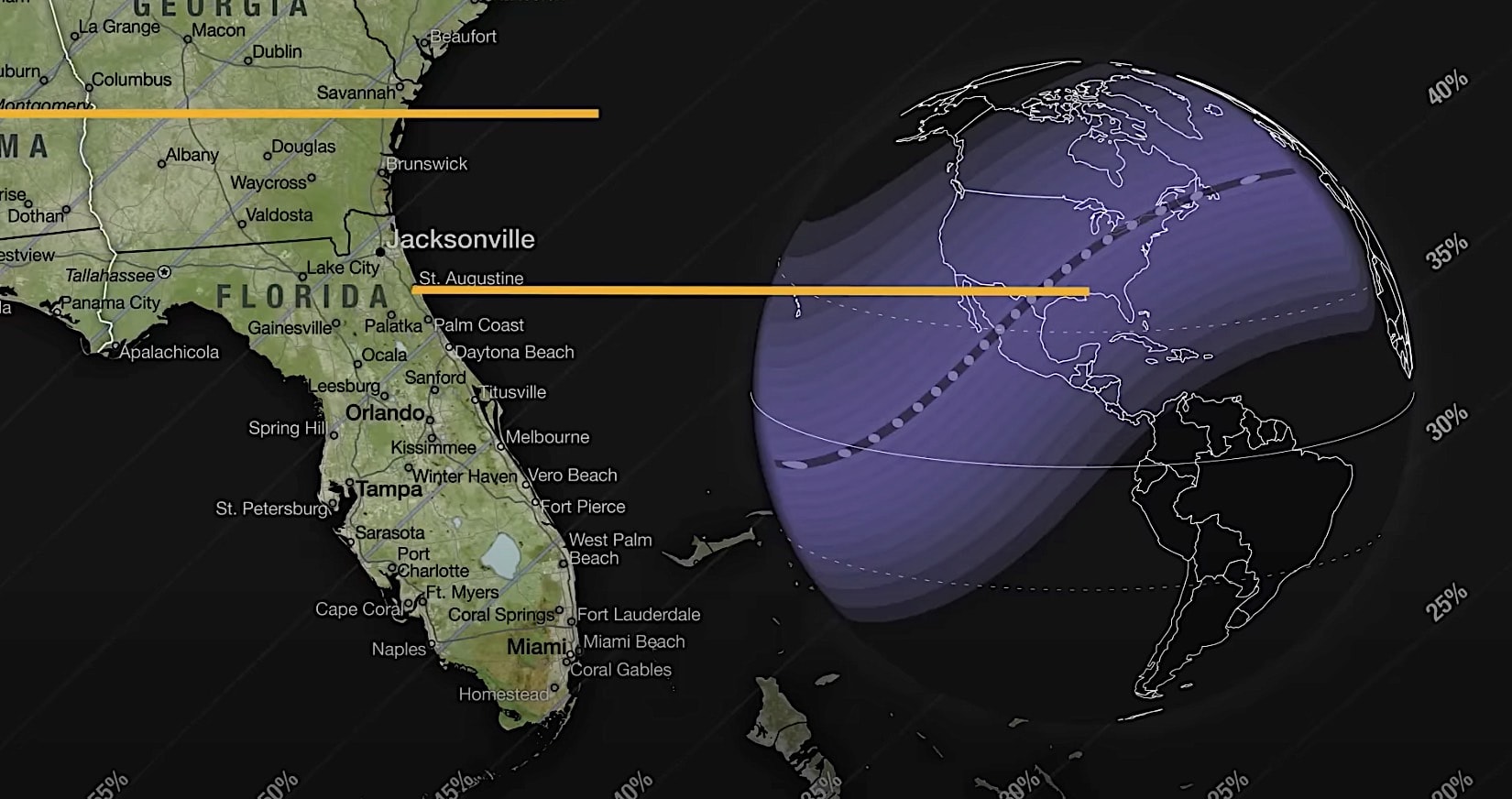Solar eclipses are fascinating cosmic occurrences that provide us with a close-up look at the vastness of the universe. However, they do carry significant hazards, especially to our eyes.
The mechanism behind an eclipse is well-known: when the Earth, Moon, and Sun align perfectly, the Moon obscures the Sun’s rays, casting certain regions into complete darkness during daylight hours.
This natural spectacle, which periodically stirs superstitions and fears, will occur once again this year. On April 8, less than a month away, the Moon will position itself to block the Sun’s light in North America, resulting in what’s been termed the Great North American Eclipse. This event, reminiscent of the 2017 eclipse, will be visible along a strip running from Texas to Maine.

With anticipation building, people in these areas are preparing to witness this historic event, eager to experience it with their own eyes. However, precautions are crucial when observing a solar eclipse. Many may not realize that staring at the eclipse with the naked eye can cause serious eye damage.
The retina lacks pain sensitivity, making it susceptible to the Sun’s harmful rays even when partially obscured by the Moon. Such exposure can lead to retinal burns, which may result in temporary or permanent vision impairment, including loss of vision or altered color perception.
Fortunately, there are safe methods to observe an eclipse without risking eye damage, such as using pinhole projections or specialized eclipse sunglasses. Despite the prevalence of smartphone cameras, they are not suitable for protecting the eyes during an eclipse.
Recognizing the dangers posed during solar eclipses, NASA has provided guidelines on safely capturing eclipse photos while preserving vision. NASA emphasizes the importance of using proper solar filters for both cameras and eyes.
While the type of camera may not significantly impact the quality of the photo, photographers should prioritize safety over equipment. Additionally, employing stabilizing tools like tripods can ensure optimal picture quality.
Understanding camera settings such as exposure, zoom, and shutter speed beforehand is also advised to capture the eclipse safely. In leveraging this cosmic event, NASA aims to further its understanding of the Sun.
Through initiatives like the SunSketcher phone app project, which involves the public in capturing eclipse footage, NASA intends to study phenomena like Baily’s beads to refine measurements of the Sun’s shape and size. As the eclipse approaches, anticipation mounts for both the celestial spectacle and the scientific insights it promises.

